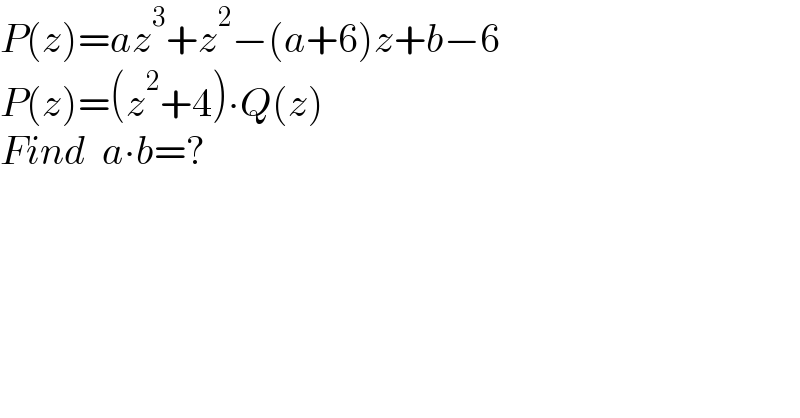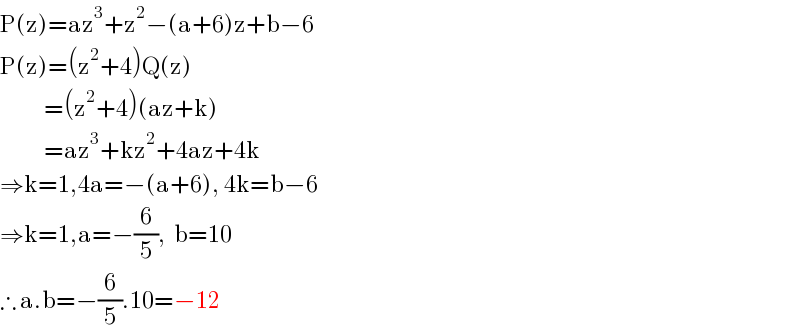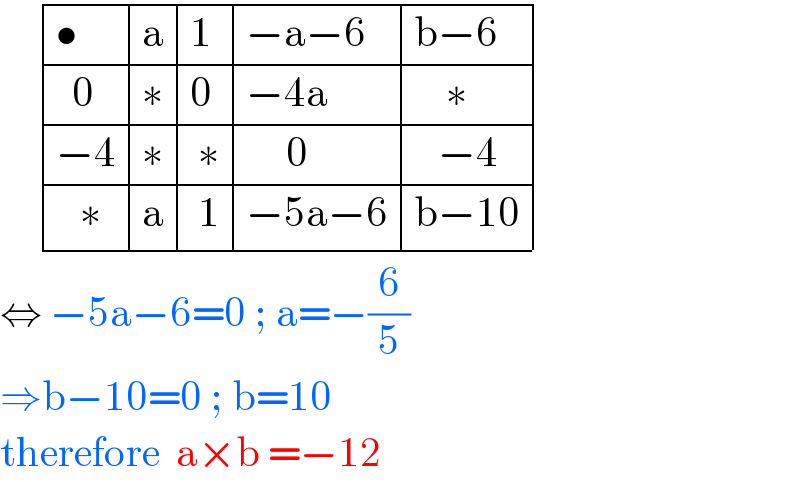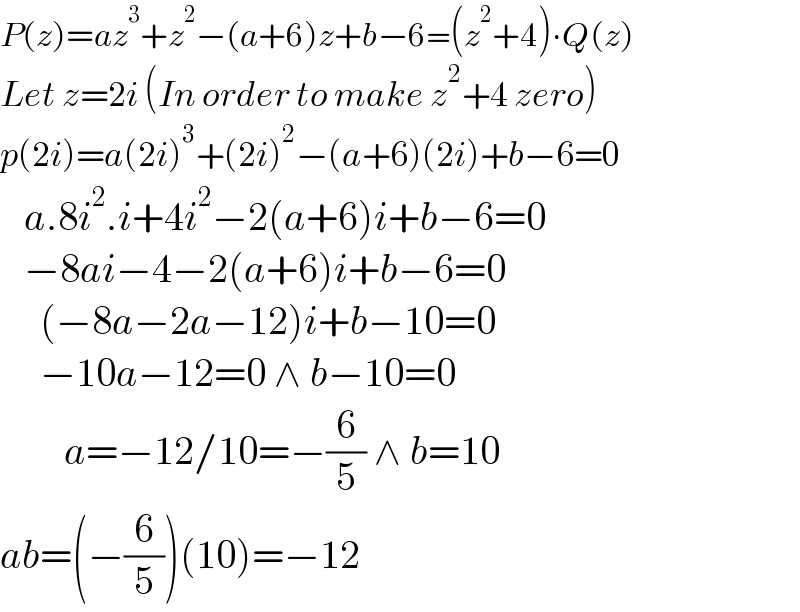
Question and Answers Forum
Question Number 144736 by mathdanisur last updated on 28/Jun/21

Answered by nimnim last updated on 12/Mar/22

Commented by mathdanisur last updated on 28/Jun/21

Answered by imjagoll last updated on 28/Jun/21

Commented by mathdanisur last updated on 28/Jun/21

Commented by Rasheed.Sindhi last updated on 28/Jun/21

Commented by liberty last updated on 29/Jun/21

Commented by imjagoll last updated on 29/Jun/21

Commented by Rasheed.Sindhi last updated on 29/Jun/21

Answered by Rasheed.Sindhi last updated on 28/Jun/21

Commented by mathdanisur last updated on 28/Jun/21

